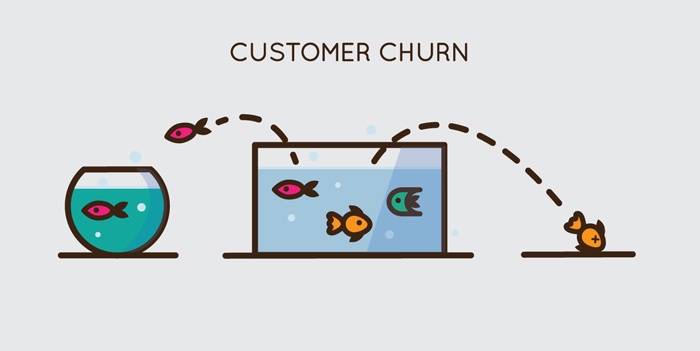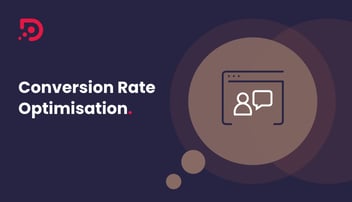-2.jpg?width=792&name=timg%20(6)-2.jpg)
![]()
Not all maths is hard, but it’s hardly something many of us actively enjoy doing, is it?.
Luckily, of all the types - combinatorics, algebraic equations and so on - calculating your churn rate is relatively simple.
What is churn rate?
Churn rate is the amount of subscribers, clients or customers who leave or discontinue your service in a given period of time.
In practical terms, it is your ability to retain customers.
Why is churn rate important?
A high churn rate is attritional and will gradually erode your ability to make profits, which will in turn impact on your ROI. Expanding with a high churn rate means you will need to continually bring more customers on board than you lose.
Contrast that with a low churn rate or negative churn, which is the gold standard in SaaS Statistics terms. Here, instead of losing customer accounts, customers actually start paying more money than they did in the previous month - often without the SaaS company needing to exert any extra muscle.
Our post on SaaS companies who rocked the freemium model provides good inspiration if you’re trying to figure out how to crack this nut.
Churn rate is why you end the year with a customer list different to the one you had in January. It is also the reason that getting new customers hasn't translated to tangible year on year growth.
A high churn rate is not sustainable, even if you bring on enough customers to mask it and you believe that a churn rate is acceptable - even the norm. You maybe even making an annual profit.
Why calculate your churn rate?
Being familiar with the numbers keeps you in control, and gives you a clear picture of the state of your SAAS marketing business and its books.
Calculating your churn rate lets you attach value to sales and marketing efforts, and to allocate resource accordingly to what is and isn’t working.
It stops you wasting your time and money, ultimately.
How to calculate customer churn rate
Don’t panic, it’s not a difficult equation.
In our example we’ve used simplified numbers: you had 100 customers at the start of a month and 92 customers at the end. . Thus your churn rate would look like this:
(Customers at start - customers at end) / customers at start = monthly customer churn rate
Or with our example numbers:
(100-92) / 100 = 8 / 100 = 0.08
Which to you and me is a monthly customer churn rate of 8%.
Is calculating churn rate really that simple?
It should be, because churn is simply the number of customers that leave you over a given period of time. But sometimes it isn't as simple as that.
ProfitWell offer a staggering 43 ways to calculate your churn rate. They highlight some difficulties in calculating the basic propositions (total number of customers and number of churned customers):
- Should new sign-ups be included in figures, given that they cannot churn in the first month?
- At what point should new customers be included in the churn rate calculations?
- Should the cancellation date or the end day of their paid subscription be used to determine the end of a customer’s term?
The takeaway from this is to only use defined, regularly monthly periods, where new signups within that month aren't included.
Being consistent with the data you use will prevent inconsistencies in your calculations.
Other factors affecting churn rate calculation

Number of customers. Small sample sizes don't always correlate with bigger ones.
Timescales. Calculating a monthly churn rate might be more, or less accurate than a quarterly one, and anomalous months can mislead data.
Segmentation matters. Depending on what price plan your customers are on can also make a difference to their churn. As does sector and company size.
How churn rate is used
In any business, some customers will be more valuable than others.
Taking a good look at your data, specifically your segmented lists, will highlight how churn rate differs within each of them. For each customer, it is good to:
- Analyse their long term health and viability
- Implement strategies to reduce customer loss
- Calculate their lifetime value
- Forecast SAAS Sales
- Measure profitability
This makes it even more important to calculate your churn by including certain parameters on your data, to highlight how it affects different customers.
However you look at it, the simplest calculation of your churn rate (the first calculation in this article) is often the best. Segmentation and analysis can improve the usefulness of your data, but this calculation will put you on the right track.





